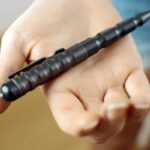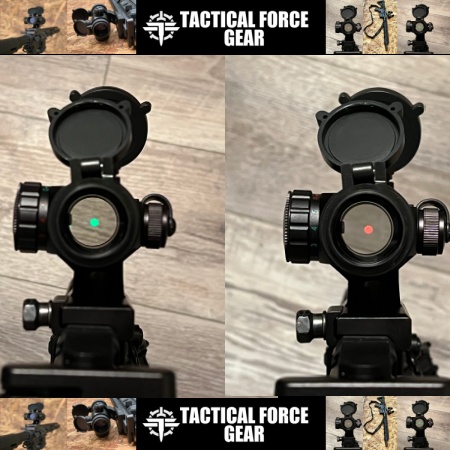If John Moses Browning could see the popularity of the 9mm cartridge, he’d be really mad at all of you. Georg Luger created the 9mm Luger in 1902, but do you know who predated Luger in making a cartridge that allows for excellent capacity, low recoil, and good performance? John Browning. The cartridge was the .38 ACP, and it never gets the respect it deserves!
I didn’t stutter, and I don’t mean the .380 ACP. The .38 ACP predates the .380 ACP by eight years, the 9mm by two years, and was only one year younger than the .32 ACP. It was 1900, a new century, and gun makers were experimenting with new weapons. S&W made a big deal with the Triple-Lock .44, but Colt was looking at automatics.
Semi-auto pistols were bound to be the new hotness, and Colt wanted a part of that market. John Browning had already led the way in producing reliable semi-auto platforms. He produced the FN M1899 a year earlier and introduced the idea of a slide to a handgun. Mr. Browning worked with Colt in the United States and FN in Europe.
This allowed him to effectively serve two continents without one stepping on the sales of the other, or at least not stepping too much on each other. FN got the M1899, which became the FNM1900 with some little fixes. Browning designed another M1900, but it was the Colt M1900. Instead of simply making another .32 ACP blowback-operated gun, Mr. Browning also introduced a new caliber, the .38 ACP.
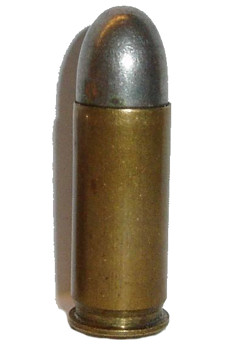
The Colt M1900 looks a little like an M1911 and M1903 at the same time. It predates both, but looking at the M1900, it’s easy to see how the M1911 and M1903 evolved. Most semi-auto pistols of this era were straight blowback designs, but that wouldn’t be the case here.
Instead, this would be a short-recoil operation. The famed Browning tilting barrel design premiered in the M1900. It was the first pistol to utilize the short-recoil operation. Blowback guns are fine with subcalibers; calibers like .32 ACP and .22LR are perfect for blowback guns. As the calibers get larger and more powerful, the gun becomes unwieldy to produce in a blowback-operated design.
Grab a 10mm Hi-Point and tell me it’s ‘wieldy.’
A short-recoil system meant a locked breech, and a locked breech meant we could use a more powerful cartridge. That’s where the .38 ACP enters the story.
Breaking Down the .38 ACP
This new M1900 aimed to be a firearm appropriate for police and military use. It needed a potent cartridge that would help persuade revolver users to swap to a semi-auto design. The new .38 ACP could throw a 130-grain bullet at up to 1,350 feet per second. That’s faster and heavier than most standard 9mm loadings.
That 1,350 FPS load turned out to be a bit much for the Colt M1900. They weren’t working with the same metallurgy and uniform production standards we have today, and that load would eat the M1900. They calmed the hot round down a bit, and the commercial loadings of the .38 ACP were a 130-grain cartridge moving at 1,260 FPS.
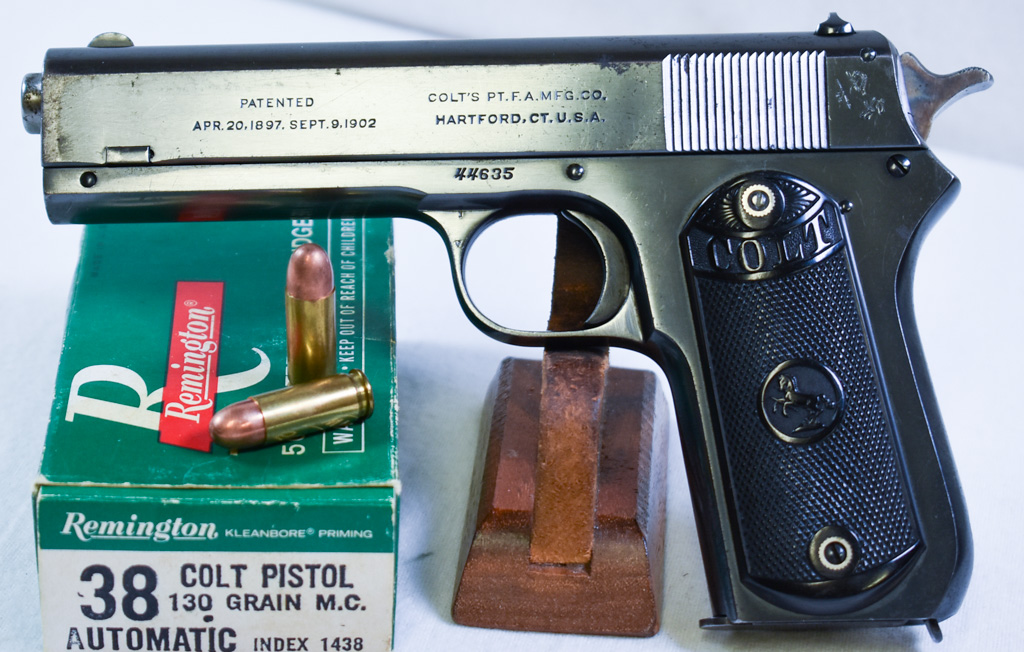
That’s still in the realm of most 9mm cartridges, but it was also still eating M1900s. That didn’t work all that well, so they lowered the velocity even more. The new velocities were lowered to 1,040 FPS for a 130-grain load, and 115-grain loads could hit 1,150 FPS. The lighter 115-grain loads are still equivalent to modern 9mm.
That’s potent, powerful, and capable, so what happened?
That Blasted .45 ACP
Thompson-LaGarde happened. The test that put the understanding of handgun ballistics back decades occurred. The test that locked the term ‘stopping power’ into handgun calibers. The test that said we had to use a .45 ACP cartridge because Thompson and LaGarde shot some cows and corpses and said it worked best.
The Army wanted a .45 ACP cartridge, and they weren’t interested in the .38 ACP. This eventually led to the production of the M1911 proper and the adoption of the .45 ACP cartridge. The little .38 ACP was quickly forgotten about and relegated to the annals of history.
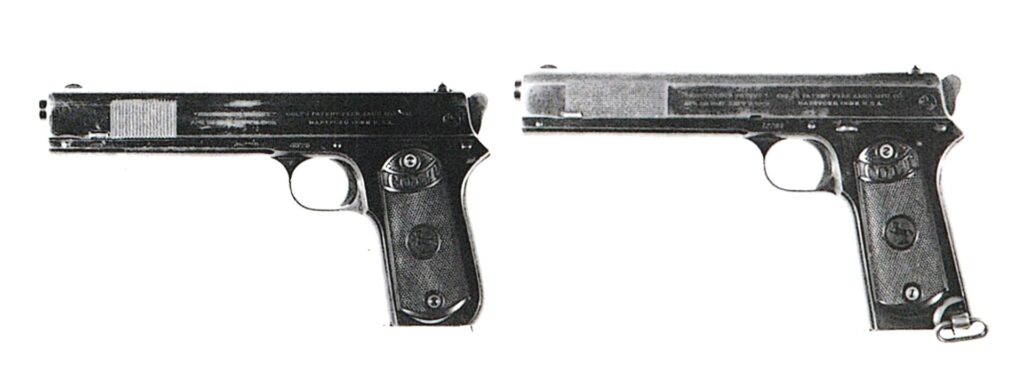
Now, over a century later, the 9mm serves the military and most police forces. It’s accomplished worldwide dominance and is the caliber of NATO. Hell, even the Russians and the rest of the Eastern Europeans have embraced the 9mm cartridge.
The .38 ACP wasn’t all that different from 9mm, especially of that era. However, it would have some flaws in the modern era. The 9x23mm .38 ACP is a semi-rimmed cartridge. Semi-rimmed designs can be sensitive to overall length, and if a round is slightly shorter, you could run into rimlock and malfunctions.
Jacketed hollow-point designs would need to be created to meet a very specific overall length with little room for error.
Not Quite Dead
The .38 Super came around in 1929 to help police officers punch through the metal car doors of motorized bandits. Guess what .38 Super is? An original .38 ACP loading. The .38 Super threw a 130-grain round at 1,250 feet per second. In fact, the .38 Super would fit in .38 ACP guns, but you shouldn’t do that; it will destroy a historic gun.
The .38 Super is the .38 ACP for modern guns. The .38 Super isn’t all that popular these days, but it sticks around, so in a way, the .38 ACP sticks around. The .38 ACP cartridge could have been the 9mm of 1900, and an American cartridge could be dominating the world.
Sadly, the .38 ACP lived a short life. It was too cool for its era.
Read the full article here






